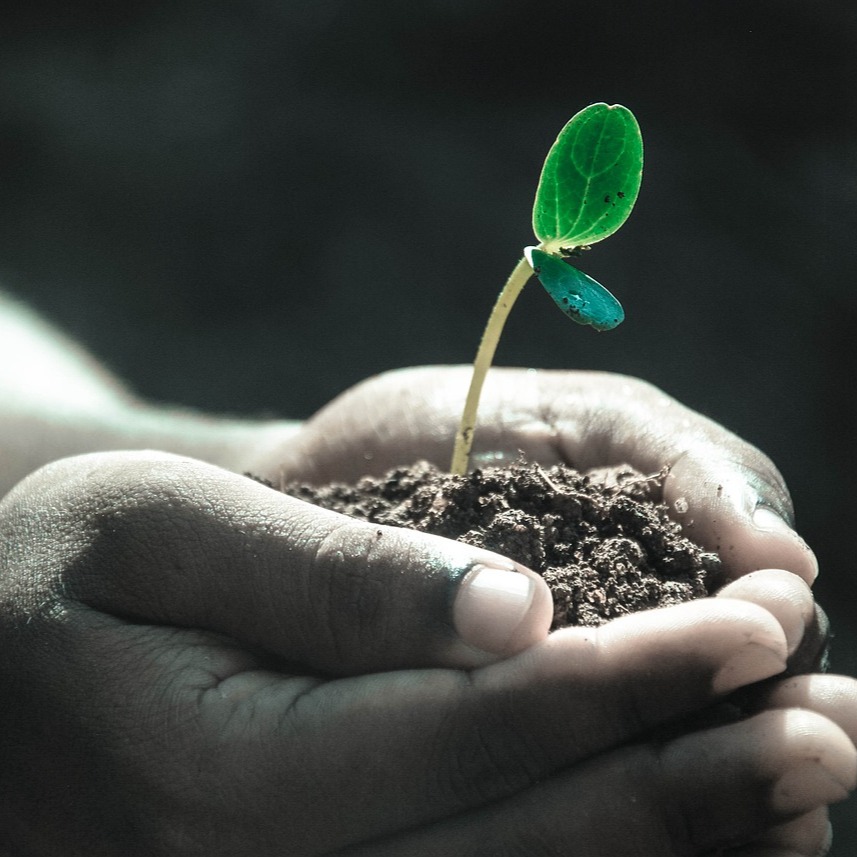
If you're a passionate UK gardener, whether a seasoned veteran or a green-thumbed novice, you understand that the magic of plant life begins with a tiny, potent package: the seed. The transformation of a seed into a seedling is nothing short of a miracle, yet it doesn't happen by chance. The soil in which this transformation takes place plays a critical role in nurturing seedlings, laying the foundation for a beautiful British garden.
In this article, we'll delve into the best soil conditions for seedlings specific to the UK. We'll explore the components of 'perfect' soil and provide tips on how to prepare your soil to give your seedlings the best possible start in life.
Understanding the Importance of Soil in the UK
The UK's climate, with its generous rain and generally mild temperatures, already gives gardeners a head start. Yet, the importance of soil should never be underestimated. Soil is to a plant what a home is to a human. It provides support, nutrients, and the perfect environment for plants to grow and thrive.
The Perfect Soil: Loam
Ask any UK-based gardening expert about the ideal soil type, and you'll frequently hear "loam" as the answer. Loam is essentially the Goldilocks of soils - not too sandy, not too clayey, but just right. It has a balanced mix of sand, silt, and clay. This balance allows loam to retain the right amount of moisture and nutrients without becoming waterlogged.
Unfortunately, not all parts of the UK are blessed with naturally loamy soil. If you find that your soil is too sandy or too heavy with clay, don't fret. Adding organic matter and soil amendments can significantly improve its structure and fertility.
Soil pH
The pH level of your soil also plays a crucial role in plant growth. Most plants prefer a pH range of 6.0 to 7.0, which is slightly acidic to neutral. Some species do have different preferences, but this range is a safe starting point for seedlings.
Testing your soil's pH is straightforward with a simple test kit from a local garden centre. If the pH is too acidic, adding lime can help. If the soil is too alkaline, substances such as sulphur or iron sulphate can reduce the pH.
Nutrients
Good soil is rich in nutrients needed for plant growth. The 'big three' are Nitrogen (N), Phosphorus (P), and Potassium (K), commonly seen as the N-P-K ratio on fertilisers.
Nitrogen is for leaf growth, phosphorus aids in root and fruit development, and potassium promotes the overall health of the plant. A balanced fertiliser or well-rotted compost should provide ample nutrients for seedlings.
However, it's essential to exercise caution and not over-fertilise. An abundance of nitrogen, for instance, can lead to lush foliage but poor fruit or flower production.
Soil Temperature and Moisture
The UK's generally mild climate benefits the growth of many plants. But during the early stages of growth, seedlings are more sensitive to temperature changes. Aim for a soil temperature of about 10-20°C, which is the optimal range for most seedlings.
Moisture is equally vital. Seedlings need consistently moist (not waterlogged) soil to thrive. Be mindful of maintaining this balance, especially during the UK's drier months.
Composting and Mulching
A good compost heap can be a gold mine for UK gardeners. Composting not only helps recycle kitchen and garden waste but also enriches the soil with vital nutrients and beneficial microbes. Before planting, mix in a good layer of compost with your garden soil. This will improve its structure and nutrient content, providing an excellent start for your seedlings.
In addition to compost, consider mulching your garden. Mulching helps retain moisture, suppress weeds, and over time, break down to add nutrients to the soil. Organic mulch such as wood chips, straw, or composted bark are excellent choices for the UK climate.
Seedling Spacing
While not directly related to the soil itself, it's worth noting the importance of proper seedling spacing. Too close, and seedlings will compete for nutrients, water, and light. Too far apart, and resources can go unused, leading to less-than-optimal growth.
As a general rule, leave enough space between seedlings for them to grow to their full size without interference. The exact spacing will depend on the species, so it's wise to check the seed packet or consult with a local nursery or extension service.
By understanding and implementing the best soil conditions, you can create an environment where your seedlings can truly thrive. Happy planting!